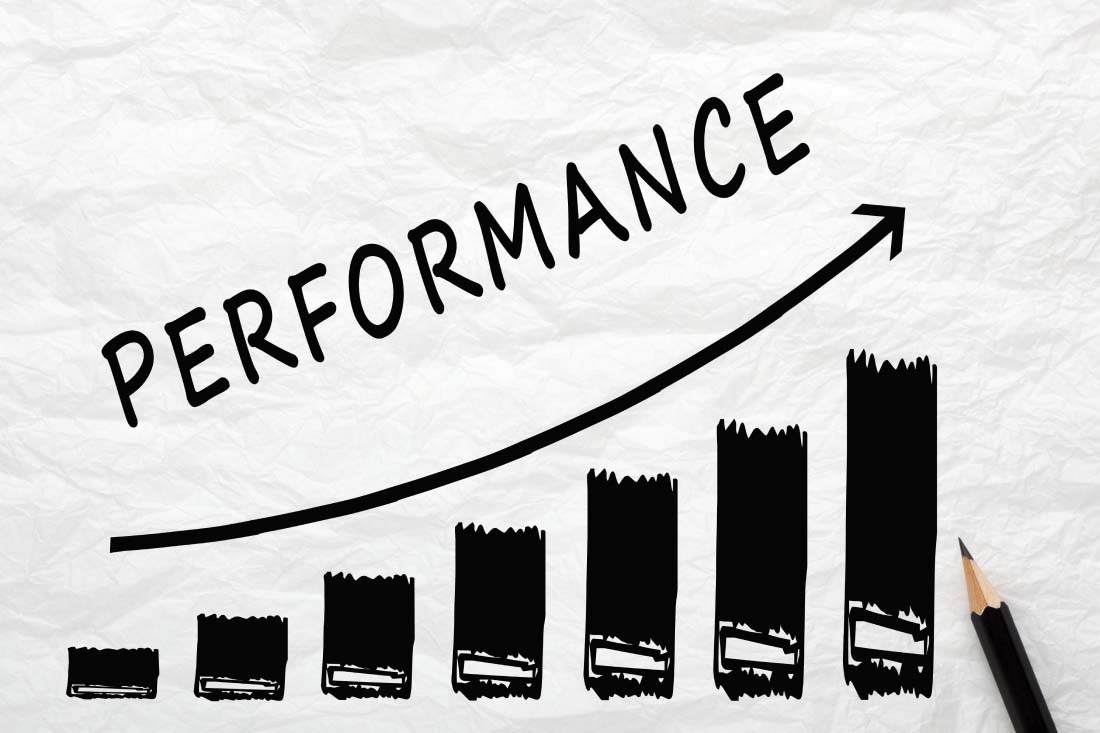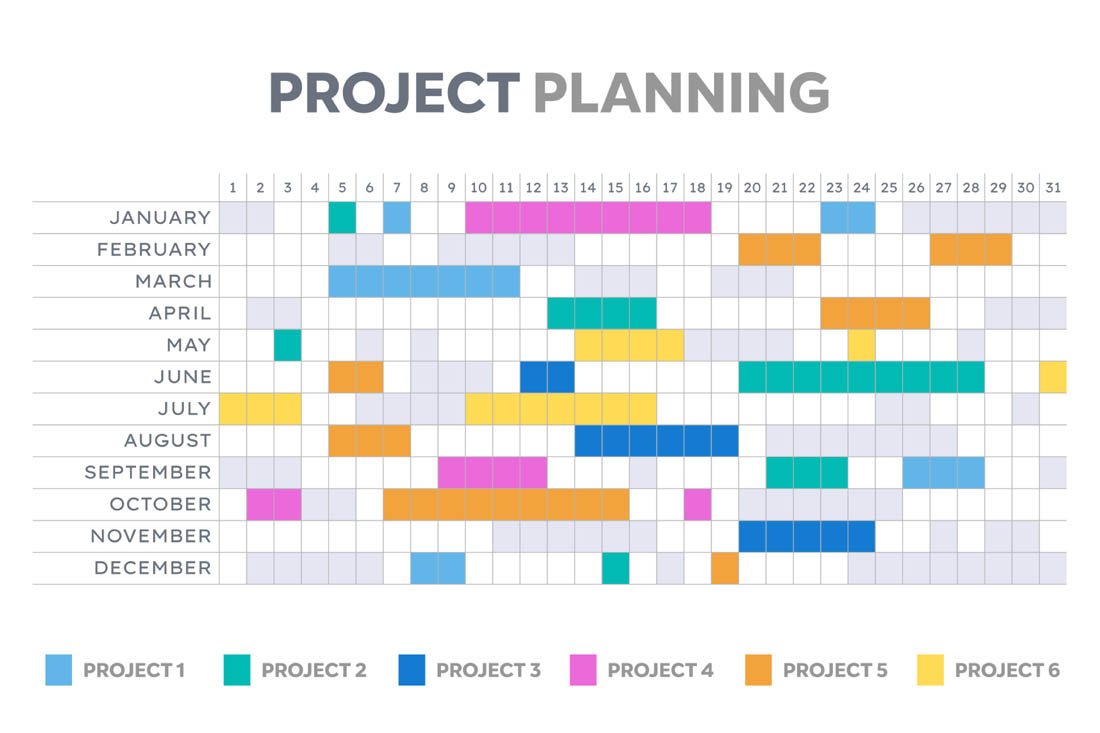Part one of a three-part series: Never Waste a Good Crisis
Any decision that challenges the status quo, whether a large strategic shift or a more mundane policy change, can quickly engender resistance. This “organizational immune response” to change often delays or prevents forward progress. But difficult times create unique opportunities for decisive action, empowering smart leaders to slice through the normal bureaucracy and red tape to make changes that reset the status quo and improve the organization.
In the current environment, all companies benefit from taking a hard look at significant areas of operational spend and making data-driven decisions to maximize profitability, either by cutting costs that don’t degrade performance, or ensuring continued investment that delivers outsized results.
This is the first in a series of posts that will cover the major contributors to operating expense and explore how granular digital activity data enables leaders to make informed operational and strategic decisions to safely navigate today’s market conditions.
Cement your office strategy: in-office, remote, hybrid
The pandemic jolted us all into a remote work environment, whether we were ready or not. As we emerged from the crisis, facing the tightest labor market in a generation, many companies were unable to coax employees back to the office. But as economic uncertainty rose in 2022, it became increasingly possible, and common, for companies to implement return-to-office mandates.
At the same time, the need to reduce spend tempted others, notably including Microsoft subsidiary Github, to forgo office locations and embrace a remote work model. This mirrors the approach of their primary competitor, Gitlab, who famously filed their S-1 noting “Address Not Applicable.” Clearly it is possible for companies to grow and thrive without expensive physical offices.
Many companies, ActivTrak among them, have adopted a hybrid model. Like others, during the pandemic we grew aggressively outside of our core geography, and now have a minority of employees living within commuting distance. And we have the data to demonstrate the effectiveness of our distributed team and hybrid work model.
There are strongly held perspectives on each side of this debate, with proponents of each model quick to point out the benefits of their preferred approach and the existential risks created by other options.
Follow the data
Regardless of whether you’re on team #RTO, #remotefirst or #hybridforever, the truth is, you need accurate data to ensure you’re setting appropriate policies for your company and employees.
Tools like ActivTrak help you understand how productive employees are regardless of where they work, and can dynamically measure productivity, collaboration and focus for in office, remote and hybrid teams.
This is the ideal time to roll out such tools, which support the flexibility and work/life balance employees may desire in a hybrid or remote work model, while also giving employers the insights and accountability they need.
One size doesn’t fit all
Thanks to the work we’ve done with thousands of companies to answer the question “what is the best office policy?” we can safely say with finality: It depends.
The truth is, one size does not fit all — not just at the company level but also within companies. As one CEO told me recently, “Our developers are never coming back,” before going on to explain that sales and marketing would be hybrid and executives were back almost full time.
This realization, that different roles needed different policies, enabled them to adapt their real estate footprint accordingly and capture significant savings by reducing office space. Better still, employee productivity increased when compared to both pre-pandemic and pandemic-era performance. Thus the benefits go beyond the real estate savings to include flexibility for employees that improves retention and productivity.
And to be clear, these aren’t soft benefits that are easy to promise but hard to measure. They are captured and surfaced in the ActivTrak data, giving leaders confidence in their decisions.
High resolution data enables high impact transformation
The granular digital activity data ActivTrak provides has never been available to leaders before now. Understanding the tasks and actions that comprise how work gets done has only been possible anecdotally — through the classic “help me understand how you spend your time” prompt or via imperfect manual data collection.
Observations limited to walking office hallways or checking the “green dot” on messaging tools aren’t enough to inform an office strategy. In fact, observations like these, coupled with the idea that face time hours equal productivity, can be the very mistakes that ultimately lead to employee exits and productivity declines.
Granular digital activity data for all teams, rather than a select number of individuals, allow leaders to craft a tailored approach that aligns to the business’ demands while incorporating the preferences of the people who power it.
The data empowers leaders to set organization-wide expectations and norms and see that they’re practiced across thousands of employees. At the same time, executives can take comfort in giving managers discretion to operate as needed within these parameters, combining informed insights with their deep knowledge of what’s required to achieve business goals.
The power is yours, the time is now
In the current environment leaders have the ability to move fast to drive change. With data-driven insights from tools like ActivTrak you can develop the conviction to move quickly and drive your organization forward while others are stuck in neutral, distracted by the chaos around them.





